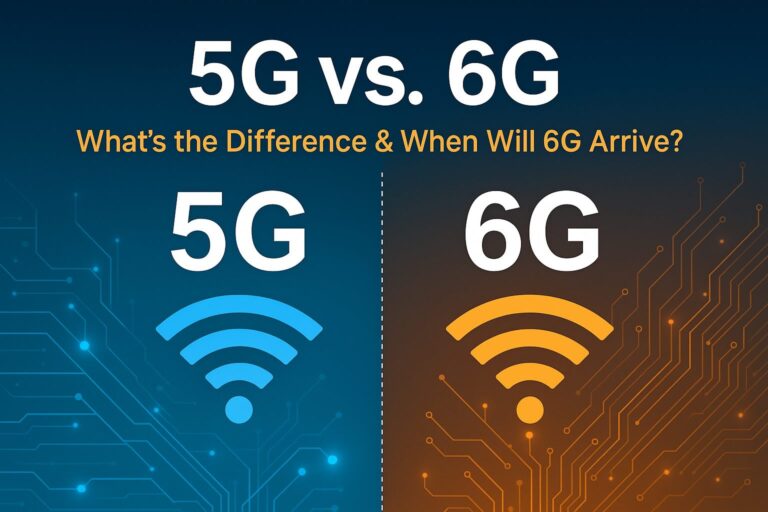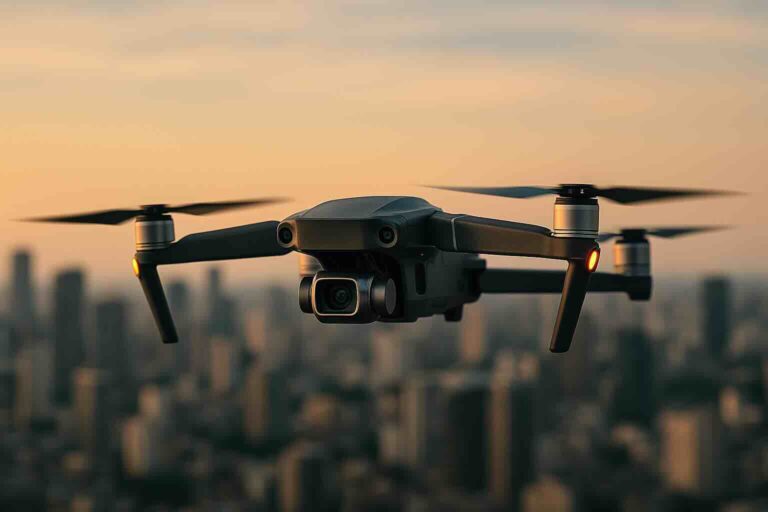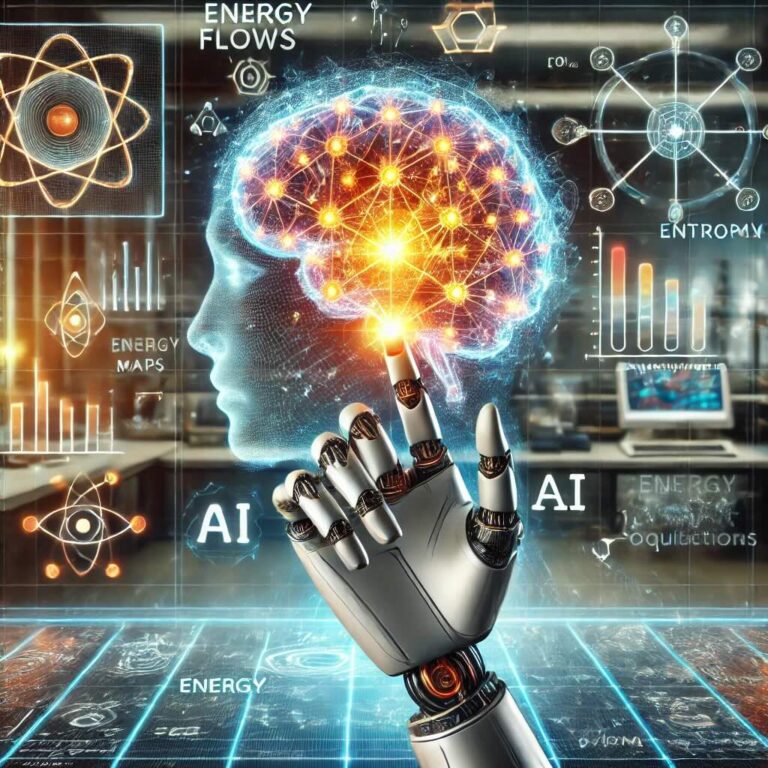Imagine a future where damaged organs can be repaired, tissues regenerated, and personalized medicine reaches a whole new level. This is the promise of bioprinting, a revolutionary technology at the forefront of medical innovation. By leveraging the power of 3D printing and combining it with biology, bioprinting holds the potential to transform healthcare and improve countless lives.
This article delves into the fascinating world of bioprinting, exploring its core concepts, recent advancements, and its immense potential applications in the fields of organ transplantation, tissue regeneration, and personalized medicine.
Understanding Bioprinting: From Pixels to Tissues
Bioprinting, also known as 3D bioprinting, is a rapidly evolving technology that uses 3D printing techniques to create functional living structures from biocompatible materials. Unlike traditional 3D printing that uses plastic or metal filaments, bioprinting utilizes a unique “ink” called bioink.
Bioink: The lifeblood of bioprinting, bioink is a complex mixture composed of living cells, biomaterials, and growth factors. These components work together to create a supportive environment for the cells to thrive and organize themselves into functional tissues.
The Bioprinting Process:
Bioprinting follows a meticulous process, often involving several steps:
1. Digital Design: A computer-aided design (CAD) software is used to create a 3D model of the desired tissue or organ structure. This model acts as the blueprint for the bioprinting process.
2. Bioink Preparation: The bioink is carefully formulated with the necessary cell types, biomaterials, and growth factors specific to the targeted tissue.
3. Bioprinting: The bioink is loaded into a specialized 3D printer equipped with a bioprinting nozzle. The printer then precisely deposits the bioink layer by layer, guided by the digital design.
4. Cell Culture and Maturation: Once printed, the 3D structure undergoes a period of cell culture. This provides the cells with the necessary nutrients and environment to grow and mature into functional tissues.
The Advantages of Bioprinting:
1. Customization: Bioprinting allows for the creation of personalized tissues tailored to a patient’s specific needs. This can significantly reduce rejection risks associated with traditional organ transplants.
2. Complexity: Bioprinting can potentially create intricate and complex tissue structures, paving the way for printing entire organs in the future.
3. Reduced Reliance on Donor Organs: The critical shortage of donor organs could be addressed through bioprinting, offering hope to patients waiting for transplants.
4. Drug Testing: Bioprinted tissues can be used for drug testing and development, offering faster and more accurate results compared to traditional methods.
Pushing Boundaries: Recent Advancements in Bioprinting
Bioprinting research is moving at a rapid pace, with breakthroughs constantly pushing the boundaries of this technology. Here are some recent advancements showcasing the exciting possibilities:
1. Printing Blood Vessels: Researchers at Wake Forest Baptist Medical Center have successfully bioprinted human blood vessels with functional endothelial cells lining the inner walls. This opens doors for potential applications in vascular disease treatment.
2. Skin Grafts: Scientists at the University of California, San Francisco, have bioprinted skin grafts containing multiple cell types, including melanocytes for pigmentation. These grafts offer a promising solution for treating burns and skin defects.
3. Ear Cartilage Regeneration: A team at the Wyss Institute at Harvard University bioprinted ear cartilage using a patient’s own stem cells. This advancement demonstrates the potential for bioprinting in personalized tissue regeneration.
4. Bioprinting with Multiple Cell Types: Researchers at the Technion-Israel Institute of Technology have developed a technique to bioprint structures with multiple cell types within a single construct. This paves the way for printing more complex and functional tissues.
5. Bioprinting Organs on Demand: The future of bioprinting aspires to print entire organs for transplantation. Researchers at the Mayo Clinic are working towards creating transplantable human kidneys using bioprinting techniques.
These advancements highlight the immense potential of bioprinting in revolutionizing various areas of medicine.
A Glimpse into the Future: Applications in Organ Transplantation, Tissue Regeneration, and Personalized Medicine
Bioprinting holds immense promise for the future of medicine, particularly in three key areas:
1. Organ Transplantation: The shortage of donor organs is a major challenge in healthcare. Bioprinting offers a potential solution by creating transplantable organs that are compatible with the recipient’s immune system, significantly reducing rejection risks. Imagine a future where patients no longer have to wait years for a life-saving transplant. Bioprinting could create a readily available supply of organs, saving countless lives.
2. Tissue Regeneration: Bioprinting can revolutionize tissue regeneration treatments for injuries, diseases, and age-related degeneration. Damaged tissues, such as bone, cartilage, and muscle, could be repaired using bioprinted grafts made with a patient’s own cells.
This would not only accelerate healing but also lead to improved functionality and a reduced risk of complications. Additionally, bioprinting allows for the creation of complex tissues like heart valves and menisci, potentially offering solutions for currently challenging procedures.
3. Personalized Medicine: Bioprinting can usher in a new era of personalized medicine by enabling the creation of patient-specific tissues for drug testing and treatment development. Bioprinted tissues that mimic a patient’s specific genetic makeup can be used to test the efficacy and safety of drugs, leading to more targeted and effective therapies. Additionally, bioprinted tumors derived from a patient’s own cancer cells could be used to develop personalized cancer treatments.
Challenges and Considerations: The Road Ahead for Bioprinting
Despite its immense potential, bioprinting faces several challenges that need to be addressed before widespread clinical application becomes a reality. Here’s a closer look at some key hurdles:
1. Bioink Development: Formulating the perfect bioink remains a crucial challenge. Bioinks need to be biocompatible, support cell growth, and mimic the natural extracellular matrix (ECM) of the target tissue.
2. Vascularization: Bioprinting complex organs with functional vascular networks is a significant hurdle. Ensuring proper blood flow is essential for the survival and functionality of bioprinted tissues and organs.
3. Scalability: Scaling up bioprinting for large-scale production of tissues and organs remains a challenge. Current techniques are often slow and require further development for efficient and cost-effective production.
4. Ethical Considerations: The use of stem cells and the potential for creating human embryos raise ethical concerns that need careful consideration and regulations.
Conclusion: A New Era in Medicine Awaits
Bioprinting is a rapidly evolving field with the potential to revolutionize how we approach medicine. While challenges exist, the ongoing research and advancements offer a glimpse into a future where bioprinting transforms healthcare. From creating transplantable organs and personalized tissues to regenerating damaged structures, bioprinting has the potential to improve countless lives and usher in a new era of medical innovation.
Looking ahead, continued research and collaboration are crucial to overcoming the existing challenges and unlocking the full potential of bioprinting. By addressing bioink development, vascularization techniques, and ethical considerations, bioprinting can become a mainstream medical tool, offering hope for a healthier future.












